What's up in
Standard model
Latest Articles
Can Quantum Gravity Be Created in the Lab?
Quantum gravity could help physicists unite the currently incompatible worlds of quantum mechanics and gravity. In this episode, Monika Schleier-Smith discusses her pioneering experimental approach, using laser-cooled atoms to explore whether gravity could emerge from quantum entanglement.
How the Higgs Field (Actually) Gives Mass to Elementary Particles
In this article adapted from his new book, "Waves in an Impossible Sea," physicist Matt Strassler explains that the origin of mass in the universe has a lot to do with music.
What Is the Nature of Time?
Time is all around us: in the language we use, in the memories we revisit and in our predictions of the future. But what exactly is it? The physicist and Nobel laureate Frank Wilczek joins Steve Strogatz to discuss the fundamental hallmarks of time.
Are There Reasons to Believe in a Multiverse?
Several areas of physics suggest reasons to think that unobservable universes with different natural laws could lie beyond ours. The theoretical physicist David Kaplan talks with Steven Strogatz about the mysteries that a multiverse would solve.
The Electron Is So Round That It’s Ruling Out Potential New Particles
If the electron’s charge wasn’t perfectly round, it could reveal the existence of hidden particles. A new measurement approaches perfection.
What Is Quantum Field Theory and Why Is It Incomplete?
Quantum field theory may be the most successful scientific theory of all time, but there’s reason to think it’s missing something. Steven Strogatz speaks with theoretical physicist David Tong about this enigmatic theory.
Particle Physicists Puzzle Over a New Duality
A hidden link has been found between two seemingly unrelated particle collision outcomes. It’s the latest example of a mysterious web of mathematical connections between disparate theories of physics.
Where Do Space, Time and Gravity Come From?
Einstein’s description of curved space-time doesn’t easily mesh with a universe made up of quantum wavefunctions. Theoretical physicist Sean Carroll discusses the quest for quantum gravity with host Steven Strogatz.
Newly Measured Particle Seems Heavy Enough to Break Known Physics
A new analysis of W bosons suggests these particles are significantly heavier than predicted by the Standard Model of particle physics.
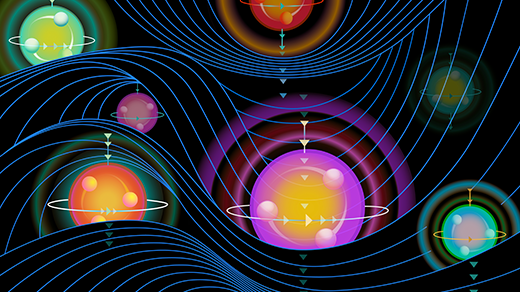
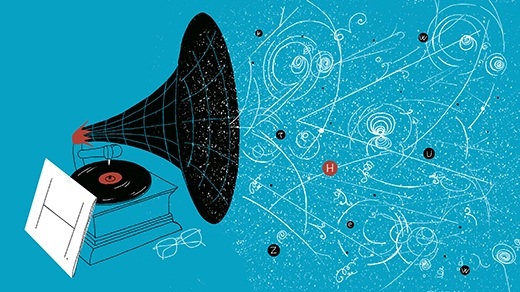


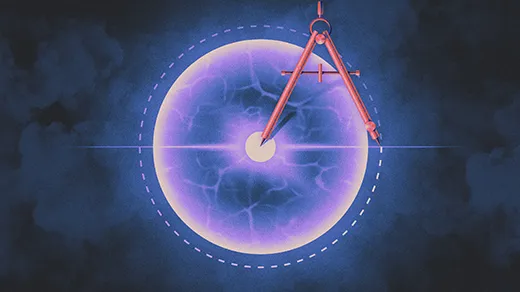
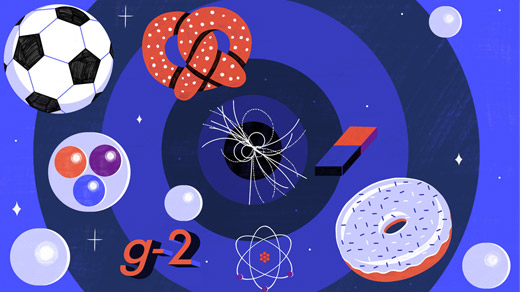
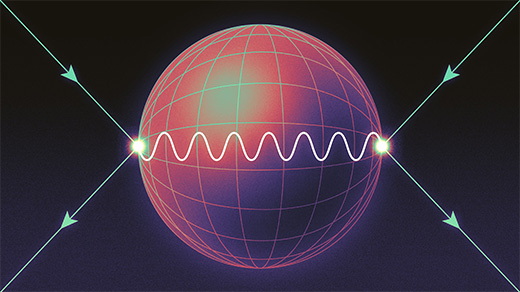
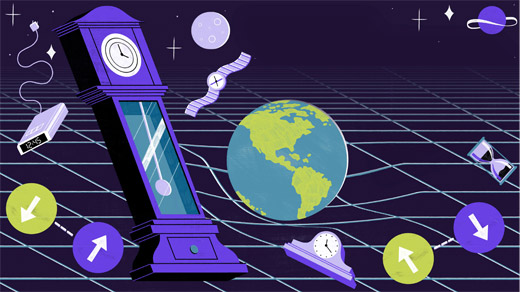
![Illustration in which the particles of the Standard Model are arranged as sections of a circle, but the W boson is too big and doesn’t fit.]](https://www.quantamagazine.org/wp-content/uploads/2022/04/W-Boson_520x292.jpg)